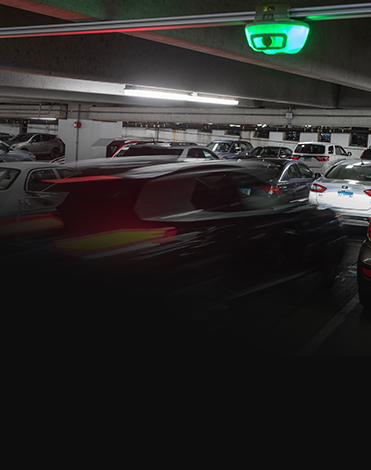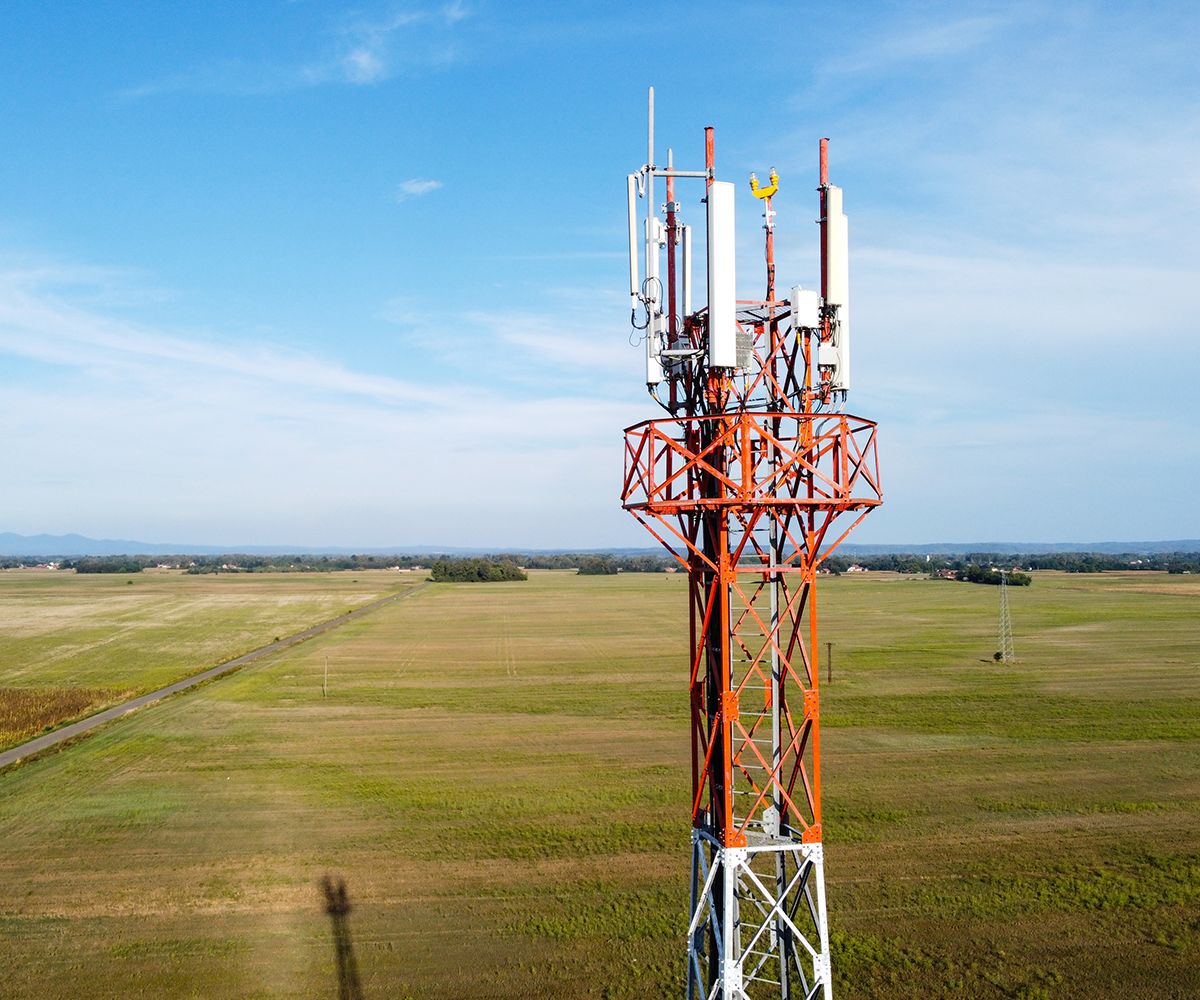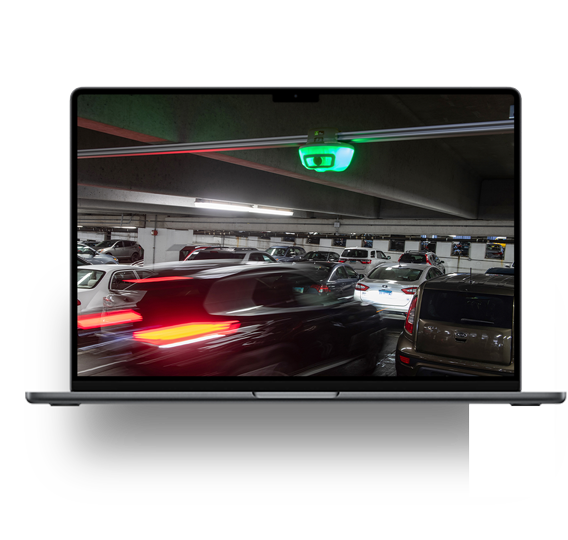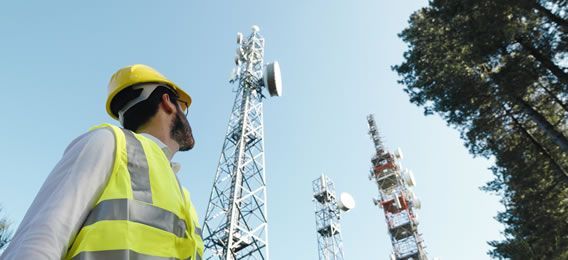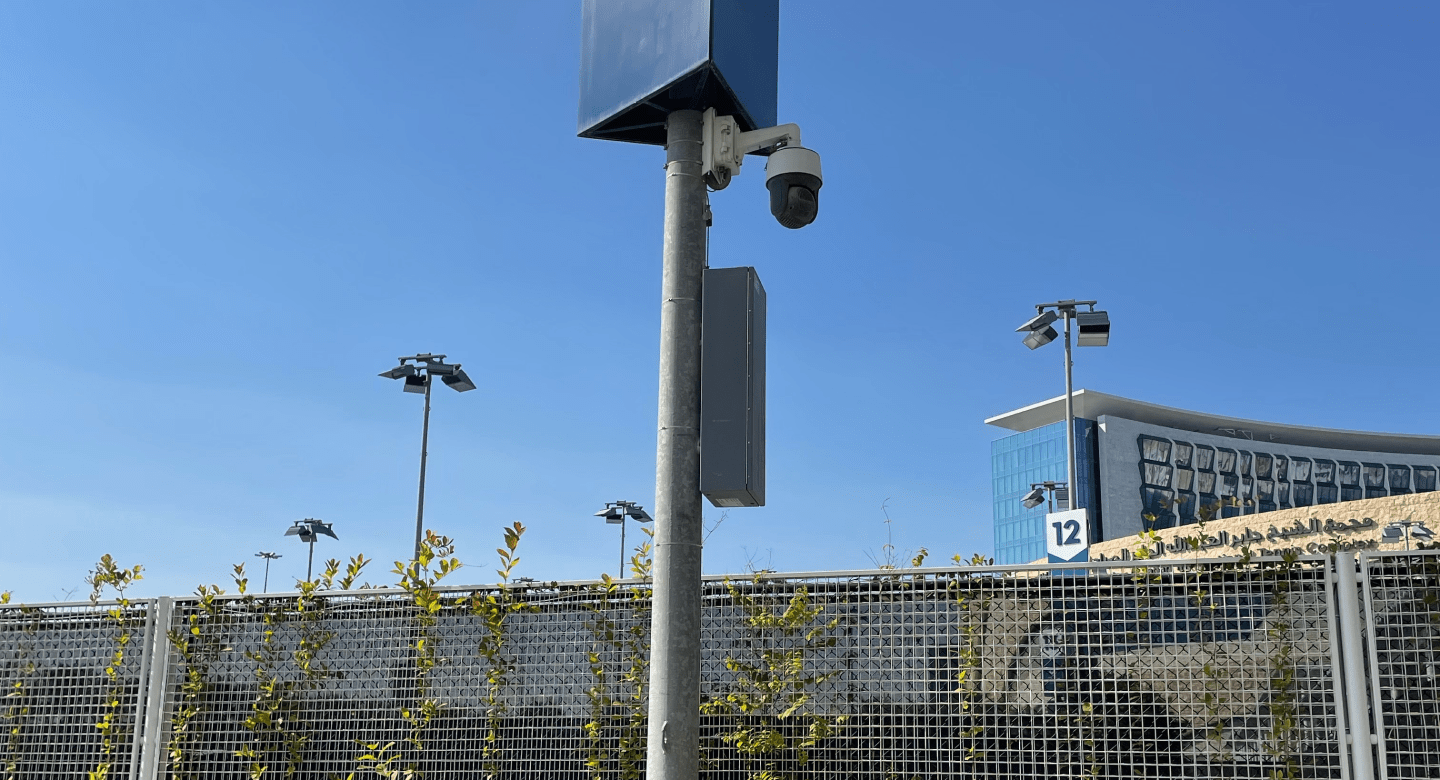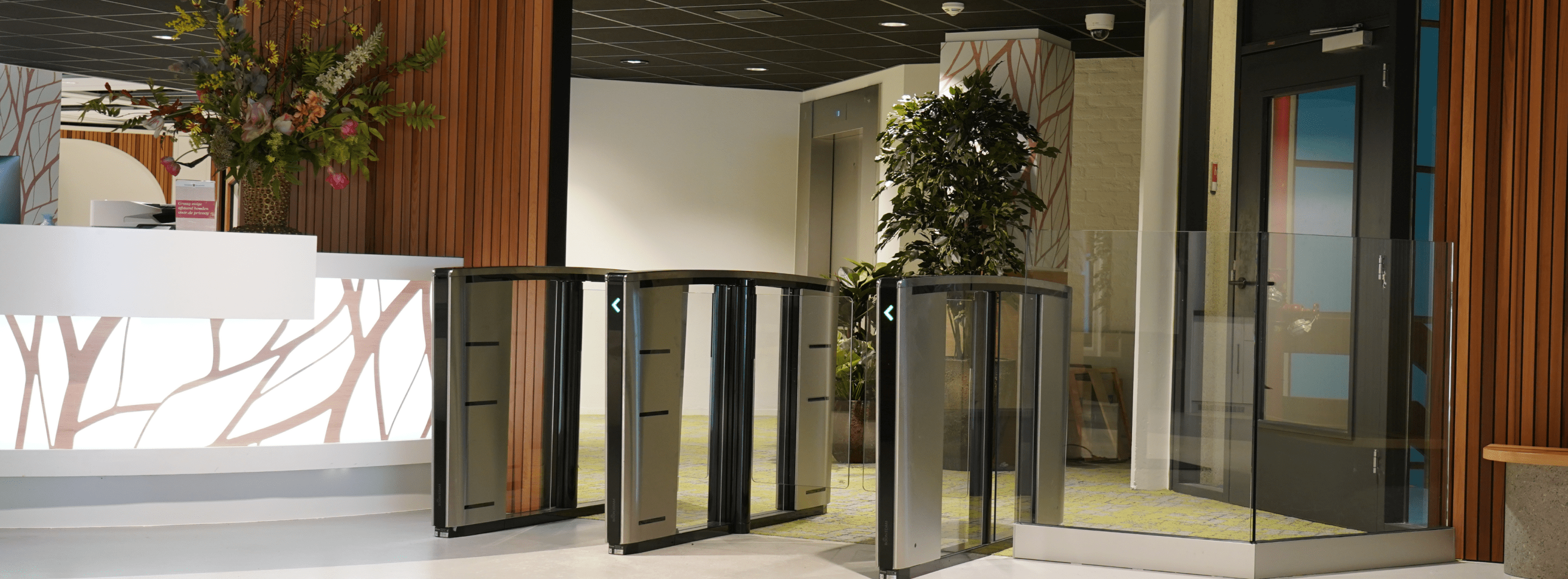Technology
for your security
Ensuring security is one of the most important challenges – today and tomorrow.
Get to know our Solutions
Where will you use our Solutions?
Autonomous security systems like fire detection, intrusion detection, access control, intercom, and video management lack standardization, making data interpretation and validation difficult.
Solution
Our SMS integrates various systems, accommodating supplier-specific protocols and technical limitations. This enables flexible information exchange in areas of:
- Video management
- Access control
- Parking management
- Intrusion detection
- Fire detection
- Intercom
- Building management
- Incident management
Facilities require high-speed access to multiple passages, while also requiring locking mechanisms for less frequently used areas with different access requirements.
The Solution
Offline and Online Access locks cater to both scenarios in a facility, providing online access card readers for frequent use and offline electronic door locks with integrated readers and batteries for infrequent use, eliminating the need for cabling.
IPROTECT Cloud follows the core principle of “mobile is key” by supporting mobile devices. This applies to both using and creating/assigning rights to locks and individuals.
Access management to a building:
- One mobile app for our online readers and DOM locks for Android and iOS.
- Simplification of card handling process for access control systems which unburdens system administrators and end-users in both an operational and logistical way.
- No physical card management needed for mobile devices.
- Data on mobile – Access rights and events are sent directly to or from the mobile device.
Setup and update management of hardware such as locks and readers:
- Use mobile app to update locks.
- Possibility to seamlessly switch from offline to online locks in order to update them.
Managing access to individual office spaces or floors in a multi-tenant building can be challenging, particularly when multiple users are involved.
The Solution
Access Control helps property owners manage access for their tenants in a flexible and friendly way. Through distributed rights each tenant has the possibility to manage their visitors through this GDPR compliant system.
How do you monitor security in an efficient way when it comes to one, or multiple facilities?
The Solution
Floorplans is an interactive platform that seamlessly integrates crucial daily use activities that can be tailored for each type of user with a number of possible options such as:
- Opening a predefined report
- Live control and management of objects such as cameras and card readers
- Area counters that help manage parking lot numbers
- Opening a menu item
- Viewing historical events of an object
- Showing objects with a definable deviation
In video management, it’s crucial to display event-related information on operator desks and video walls in a manner that is both effective and visually appealing.
The Solution
You can customize your event’s display to suit your needs by choosing from over 20 different pre-configured panel layouts.
You need to protect against a variety of activities and threats that may arise from different scenarios, at any given time.
The Solution
Events can trigger notifications that can be displayed along with the cause of detection.
Sometimes, it can be challenging to distinguish between suspicious behavior and harmless activities. In some cases, events in a particular area of your facility can signify the need for further action.
The Solution
If the conditions of the event rules are met, they will be marked and stored in the database and displayed in the event list/ presented on related monitor layout(s).
Algorithms can analyze your video streams based on:
- CarR – License plate recognition.
- ObjectR – Object detection.
- ObjectC – Object classification.
- ColorD – Color detection.
- FaceD – Face detection.
- SceneR – Scene change detection.
From detecting and resolving issues to capacity planning and optimization, it is crucial to have a comprehensive monitoring tool in place for optimal system performance.
The Solution
An overview page gives detailed stats about recording and bandwidth usage for each device, making it easy to check settings and identify potential problems.
The insight and control you need to heighten efficiency and profitability.
Enhance your existing security and surveillance with smart sensor placement that provides visibility for up to 6 spaces, including between vehicles, significantly increasing the number of areas visible via HD real time monitoring.
With our integrated License Plate Recognition (LPR) and software, INX, reports on customer behaviors, preferences, and usage patterns are at your fingertips. Additionally, operators can promptly identify when VIPs or banned persons enter your facility.
The core expandability of INX enables limitless integration opportunities for expanded functionalities that work with the continually evolving universe of third-party solutions, including the frictionless parking solution you choose, without interruptions.
Find the hidden money in your facility to maximize your revenue stream.
When integrated with your PARCS or other revenue management system, you can adjust price points on a space-by-space or event-by-event basis for maximum revenue. Moreover, our user-friendly system is designed for a seamless, third-party integrated parking experience, incorporating mobile-based payment methods to eliminate friction points.
The wealth of data analytics in INX can be mined for usage patterns and improvement opportunities, reducing staffing and expenses, and optimizing existing facilities instead of building costly new garages.
The integrated License Plate Recognition (LPR) technology reduces lost ticket challenges while the HD real time streaming video protects again fraudulent claims.
Enhance the parking experience to foster customer loyalty and increase market share.
Welcoming parkers with next generation parking guidance creates a premium experience not soon forgotten. When parkers arrive at your facility, they are often under pressure and short on time. Their primary objective is to locate an attractive parking spot quickly, and with ease, while also anticipating a hassle-free departure. Park Assist’s innovative technology makes this possible by streamlining the process, reducing driving time and emissions for a premium parking experience.
Parkers experience less stress and anxiety in your parking facility thanks to a reduction in their parking time by up to 63% and enhanced safety. Combining this with Park Finder, our advanced-tech vehicle locator builds a lasting impression of your business.
Unmanned network locations in the public domain are vulnerable to vandalism and sabotage. Damages not only have financial consequences, but also on the availability of your services, and to the reputation of your organisation. Physical security and continuous monitoring are essential for better protection.
Various environmental conditions can negatively influence the lifespan of your valuable assets. If these conditions take on undesirable values for a longer period of time, they will sooner lead to disruptions and breakdowns. Repair/replacement costs unnecessarily drive up the Total Cost of Ownership.
Is it your own Service technicians and/or Subcontractors that need to have access to the unmanned locations for connection management and maintenance. As the Network Operation Center, it is crucial to maintain control, ensuring that access is granted appropriately. It’s essential to understand who requires access, the specific locations, the timing, and the reasons for access.
Adequate centralised Key Management is essential for the security of your vulnerable and costly assets. The processes of issuing, returning, and managing keys, along with concerns about loss, unauthorized duplication, and mishandling, can result in a vulnerable and expensive management system. Your priority lies in ensuring security, as well as optimizing efficiency to save both time and resources.
Customer Stories



